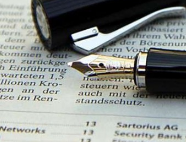Deloitte Luxembourg has developed a technological alternative to the paper trail that normally proves the provenance and movements of an artwork. The firm’s blockchain development team revealed the application during the ICT Spring summit in Luxembourg Tuesday 10 May.
The Deloitte ArtTracktive proof of concept provides a distributed ledger for tracking the provenance and whereabouts of fine artworks. The blockchain-based application manages the interactions between all parties involved, from the artist or the owner of the piece of art, via freight forwarders, customs, art galleries, museums and all the way to potential buyers.
“The blockchain distributed ledger can trace the journey of artworks. When this technology is used in the art market, all events in the life cycle of an artwork are recorded and traceable. The application addresses one of the main concerns in the art market today, namely the fragile documentation related to the provenance and movements of a piece of art,” explains Patrick Laurent, Partner and Technology Leader at Deloitte Luxembourg.
Paper-based art transactions
According to the TEFAF 2016 Art Market Report, last year US$63.8 billion-worth of art was sold globally and the number of art transactions in the world reached 38.1 million.
Due to the paper-based nature of art transactions, there are numerous provenance and traceability issues related to artworks. The players of the art market still rely on paper certificates and receipts which can easily be lost, tampered with or stolen—and history has shown that fraudulent certificates of authenticity are not uncommon.
As a response to these challenges, Deloitte Luxembourg’s proof of concept demonstrate how blockchain technology can solve the current provenance and traceability issues in the art world by storing the full history of an artwork in a secure environment available to all.
“This example shows that blockchain technology can transform sectors far beyond financial services. The model on which we based ArtTracktive is resilient and scalable and can be adapted to meet other business needs in other sectors,” comments Thibault Chollet, Director and Blockchain Leader at Deloitte Luxembourg.
Smart technology
Blockchain technology relies on a digital and distributed ledger which operates in a transparent environment without the need for a trusted authority to validate information. Transactions are validated by miners—specific nodes in the blockchain network—which use a programmed consensus to verify, authorize, validate, and record transactions. Blockchain technology can also leverage so-called “Smart Contracts,” in which terms are implemented in a computer language and can execute themselves when specific conditions are met.




